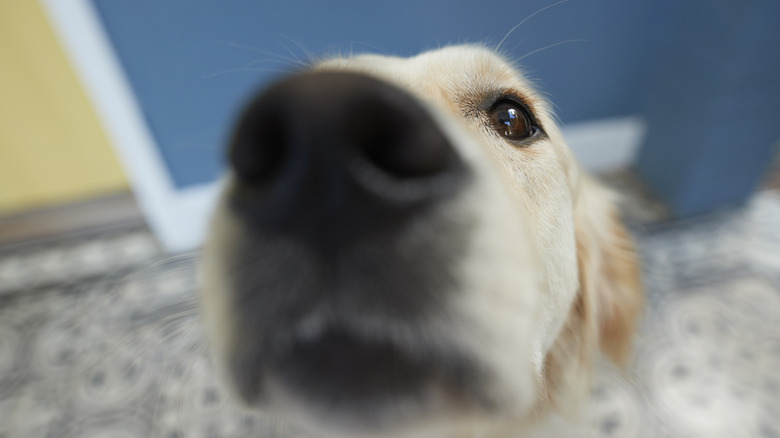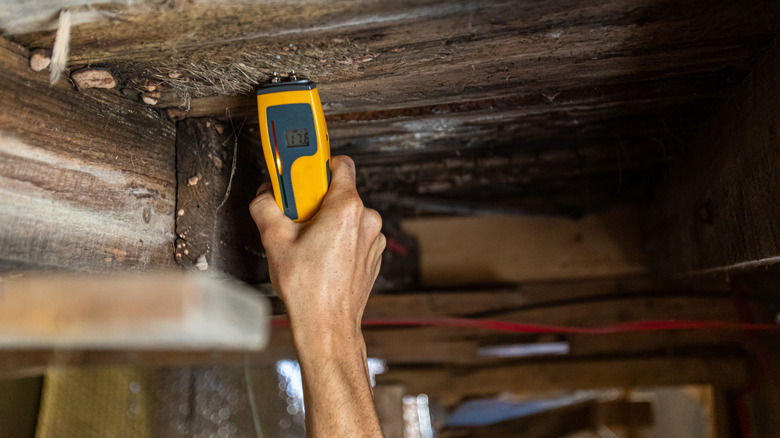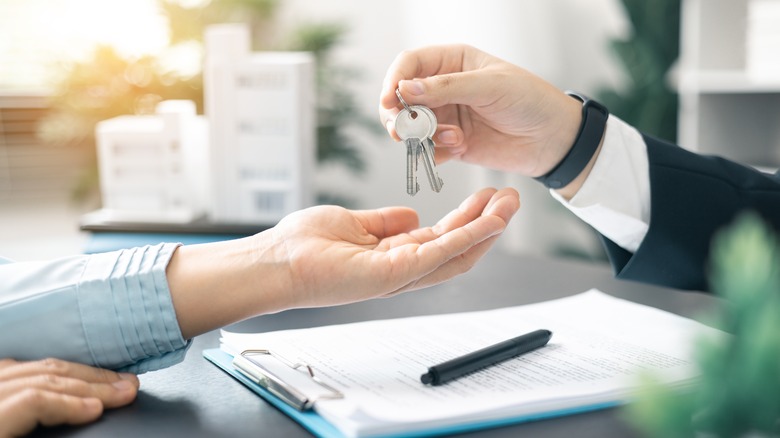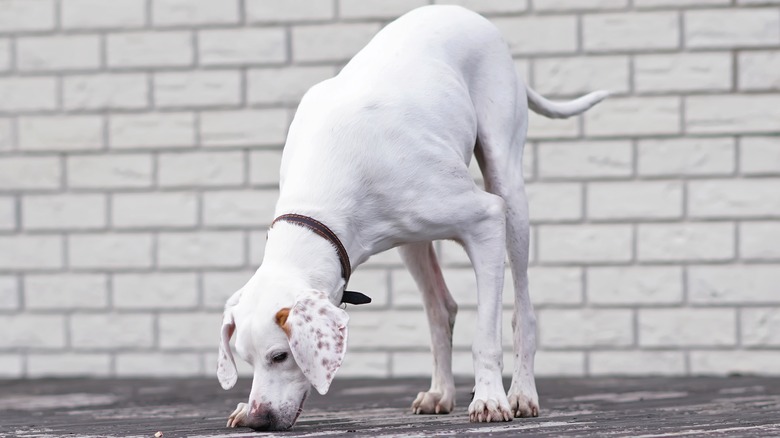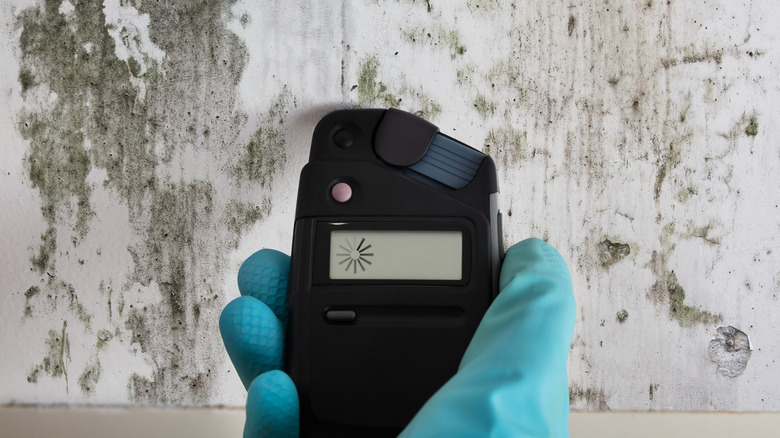5 Benefits Of Using A Dog Service To Detect Mold In Your Home
Mold occurs naturally outdoors. Sometimes, however, damp conditions can cause mold growth indoors in various areas of your home, such as in the bathroom, kitchen, or basement. A mold infestation, even if it's minor, can affect your health. Prolonged exposure to mold can lead to health problems, including respiratory conditions and allergic reactions, like itching or rashes. While there are some ways you can identify mold in your home and get rid of it for good on your own, there are certain cases where you should hire an inspection service to find sources of hidden mold. Increasingly, homeowners are relying on the powerful scent tracking of canines to find hidden mold sources in residential and commercial properties. Using their sense of smell that's 100,000 times more powerful than humans', these specially-trained dogs can precisely target where the mold lurks inside a home. The result is an improved process with faster detection methods, often at a lower cost.
Some surveys estimate as many as 47% of U.S. homes have dampness or mold. Hidden mold can lurk throughout your home, including in your air ducts, behind walls, and under your carpet. Toxic molds such as Aspergillus and Stachybotrys can even grow inside and make you sick without your knowledge. Using a mold dog reduces the need to cut into a series of walls of your home to track down infestations as they can pinpoint the exact location of more than 18 types of mold. In addition to the accurate targeting mold sniffing dogs offer, there are other valuable benefits.
Unlike humans, mold dogs aren't driven by profits
The precise targeting of mold dogs allows you have a more efficient mold detection session without worrying about a biased person altering their findings. Unfortunately, like in any other industry, the mold inspection field can have bad actors. The Environmental Protection Agency (EPA) doesn't operate a database of certified mold inspection companies, nor is there an federal certification process. This lack of regulation may encourage unscrupulous people to offer "free" mold inspection tests that come with costly mold remediation services. This business model could give inspectors incentive to incorrectly report their mold findings — and could result in you spending unnecessary money. Mold dogs, on the other hand, are honest and not driven by profits. Like police dogs, these canines work closely with their handler as a companion and colleague, which shows in their dedication.
Not every canine can be trained to sniff mold. The best candidates for sniffing mold are dogs that have a natural strong prey instinct and who can respond well to commands. Many mold dogs undergo training by detection dog veteran Bill Whitstine. Whitstine is the founder of a detection dog training company called Florida Canine Academy and its subsidiary Mold Dog. Offering 600 to 1,000 hours of training, the company prepares bright, friendly dogs to track down mold with classes on crucial needs such as scent marking, search patterns, and scent discrimination.
Mold dogs can effectively solve a problem and identify mold sources
While mold dogs are useful for property owners who are curious if hidden mold is the source of health problems in their current residence, they can also be helpful when selling properties. Deploying a mold dog in a residential property can offer a faster timeline to realtors and other parties concerned about mold as they prepare to close on a property. No federal law exists for mold disclosure — only state laws — and these vary by location. Some of the state laws just require sellers to disclose known defects and issues, and the list sometimes includes mold. When it comes to unknown defects, such as hidden mold, that's a different story. Real estate agents who have clients with mold concerns can have a quicker answer with mold detection dogs.
Mold presence in a home can wreck your home's value, even after mold remediation. A study published in Appraisal Journal found that there was a 20% to 37% decrease in home value in properties with mold, even after cleanup. Mold dogs can help put any worries about undisclosed mold to rest for potential buyers and provide an accurate inspection of the home. If a home inspection turns up mold before closing, then the seller and buyer can work toward an agreement on remediation and repair that can hopefully work for both parties.
Mold detection dogs offer peace of mind when worrying about mold
A mold dog helps detect mold by sniffing out microbial odors. For homeowners plagued with bizarre health issues, the peace of mind this offers is incredibly valuable. In one particular case, a Houston, Texas family finally had answers as to the mysterious illness afflicting their four children. Mold dog Xia was able to detect seven areas with active toxic mold colonization in the home — four more than a human mold inspector was able to find. Studies show consistent exposure to moldy buildings can result in health effects including muscle pain, brain fog, chronic fatigue, and respiratory issues. Yet, for some people, constant trips to the doctor result in more questions than answers.
As the process relies on a canine's keen olfactory senses, the mold dog can detect mold that may slip under the radar otherwise. If there's a suspicion of hidden mold in your home, a mold dog can help you get a conclusive answer. If its inspection doesn't turn up any sign of mold, you can rule out a possible cause of your symptoms. If the dog does alert to the presence of mold, however, you can know precisely which areas of your home might need further investigation.
Mold dogs represent cutting-edge technology in mold detection
The rigorous training and keen sense of smell of mold dogs makes them a cutting edge technology in mold detection. When training, they're exposed to multiple types of mold, and are able to distinguish between the odors of mold versus other harmless odors in a home. According to Mold Dog Knows, the skilled canines feature a 90% accuracy rate compared to humans' 70%. In addition, they can find mold more intuitively than humans without cutting into a wall, especially in unexpected places in a home, such as the ceiling. In a test conducted by Florida International University and Florida Canine Academy, results show canines could detect laboratory cultured molds with 75% accuracy, even when only being trained on an existing molds present in drywall. As many mold dog proponents say, "the nose knows."
Compared to other methods of testing for mold, mold-sniffing dogs do a more thorough sweep than equipment alone. This equipment often relies on indoor air quality and other mold indicators, but can't pinpoint where the mold originates nor how widespread it is. It usually requires extensive demolition to locate mold hidden in homes. For a more accurate picture of the mold situation, the canine sense of smell offers a clear advantage over traditional mold technology.
Faster detection of mold dogs leads to lower costs
Mold inspections can get expensive. If you go the traditional route, the process can cost you anywhere from $250 to $1,100. The cost of hiring a mold dog can vary by company and location, but some provides charge as little as $500 for a 2,000 square foot home. The actual mold remediation or removal is another expense to consider. Homeowners concerned about mold in their home may wonder how much mold remediation costs. The answer can vary based on the mold severity and property size, but the average is $2.50 per square foot, or $2,500 for a 1,000 square foot home.
While your savings might vary depending on how much the company charges, a mold dog makes it easier to get faster results with higher accuracy. This, in turn, gives homeowners the chance to tackle mold problems quickly while causing as little damage as possible, helping to lower costs. This cost reduction is crucial when you consider the fact that standard homeowners insurance policies typically only cover mold from a sudden event or accident, like a burst pipe. Insurance companies vary in their coverage, however, so any situation with mold can be fraught with stress for homeowners as they work to determine the source and take the necessary steps towards remediation.
